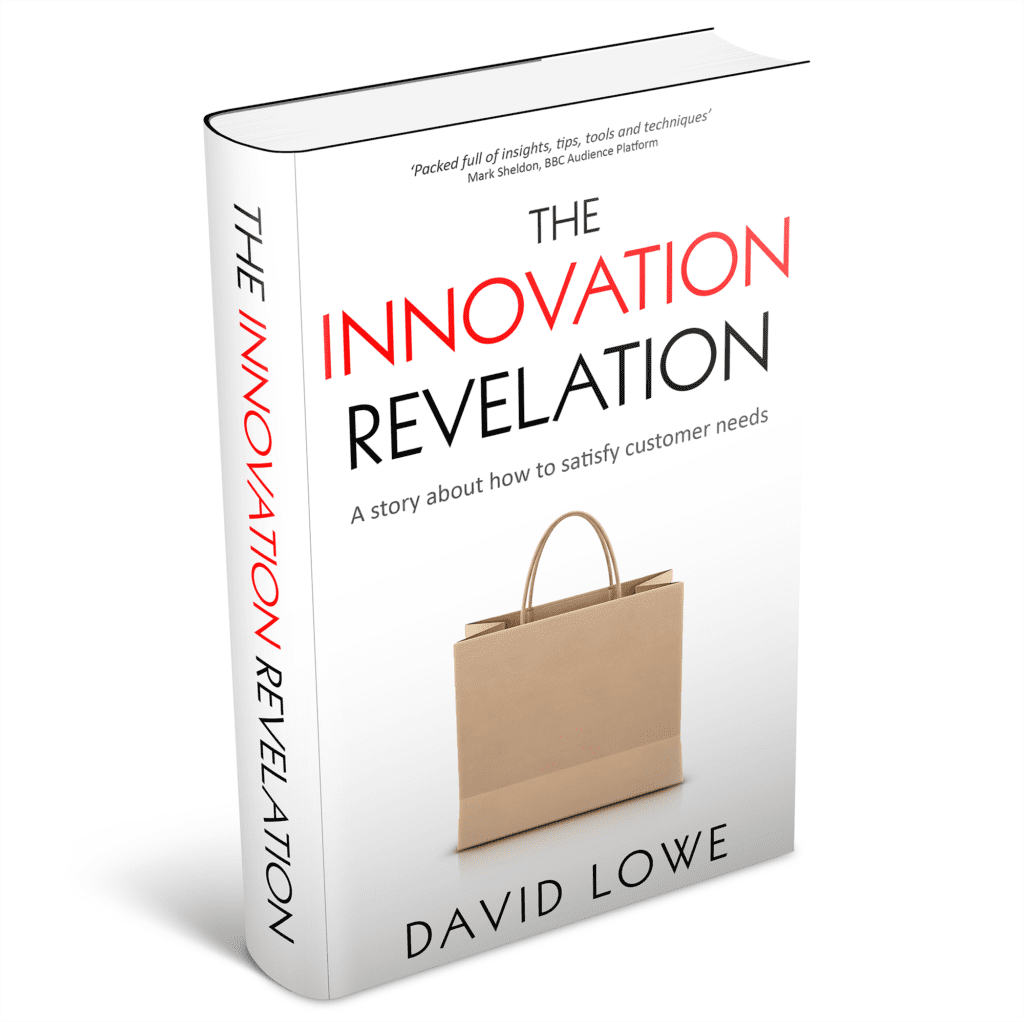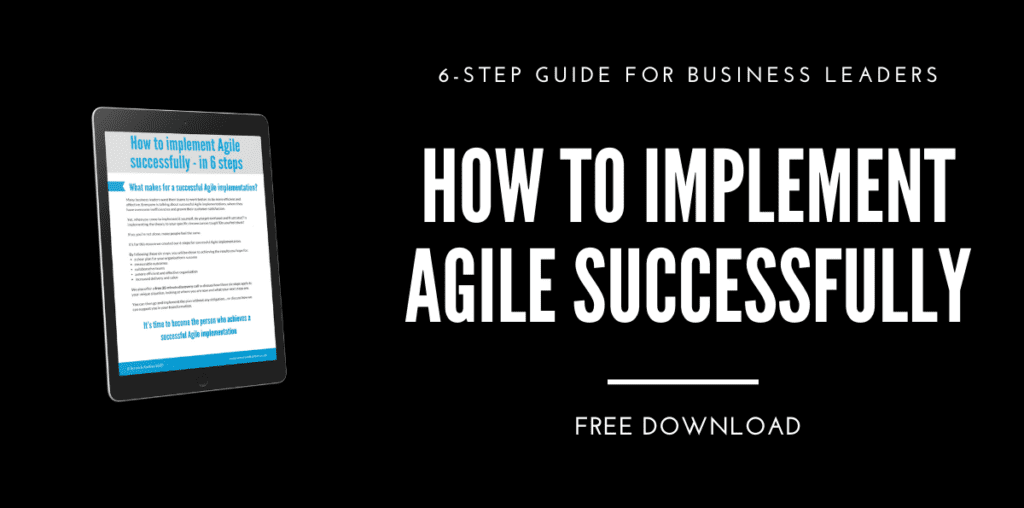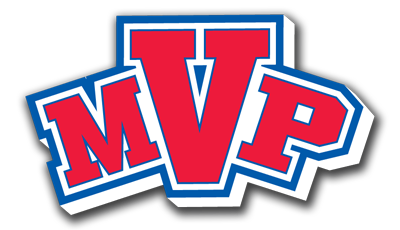Agile and Lean communities love acronyms* (PBI, CFD, PO, TDD, INVEST, and so on), but the most misunderstood of all is MVP.
Most people seem to think that “Minimum Viable Product” means the minimum amount of work you need to do to a product before you can put it to market; it doesn’t.
MVP: Minimum Viable Product
“A learning vehicle” ~ Eric Ries
MVP is a strategy for iteratively learning about your customers. It “helps entrepreneurs start the process of learning as quickly as possible.” In contrast to building a product you think has value, MVP proposes that you learn about your vision by getting potential customers to test an idea/prototype/initial offering, then adapt your product based on the feedback collected – rather than invest a lot of time and money in a fully-fledged product before you know whether it has the required value. As Ries explains in Lean Startup, “It is not necessarily the smallest product imaginable, though; it is simply the fastest way to get through the Build-Measure-Learn feedback loop with the minimum amount of effort … Its goal is to test fundamental business hypotheses.”
An example: if I wanted to start a T-shirt company, I could test my vision by taking some sketches to a busy street corner and asking people for their thoughts. Another approach would be to put some images onto a web page and see which ones people click on the most. From either approach, I could then base my first round of T-shirts production on the types that got the most interest (and prevent losing money producing stock that nobody was interested in).
Minimum Viable Product does NOT mean minimal product to go to market.
MMP: Minimal Marketable Product
“… the smallest possible feature set that addresses the user needs, creates the desired user experience” ~ Pichler
I think many people mean MMP when they say MVP: this is the product with the least amount of features that you consider has market value; you wouldn’t want to release your product to the mass market before it has reached this stage.
For our T-shirt company, this might be a website that contains 6 different designs in 5 different sizes, which allows customers to purchase via the site using PayPal. However, it could equally be a site that has 1 design where the customer has to call up to order it. This totally depends on your business model.
* I accept that, technically, most of the examples given are actually initialisms, rather than acronymns; but Wikipedia doesn’t seem to care so I won’t worry too much about it either.

OUT NOW!
The Innovation Revelation: A story about how to satisfy customer needs.
A real-world guide to taking a customer-focused approach to creating products and services that people actually want and are happy to pay for.


MVP is very much Bayesian analysis: start with what we know now, then consider how that knowledge is changed with the new information we have received. For more info, see Douglas Hubbard’s “How to measure anything”
I was in a presentation recently where someone announced that MVP was widely used by a large British corporation to mean MMP. In fact, he said that it was so widespread that we should just “let it go” and use MVP to mean MMP.
I do not agree. Although I think Ries might have been able to pick better words than “minimum”, “viable” and “product” to explain his concept, it is the name of a specific concept. How would you describe Ries’ concept of MVP if you do that?
Pingback: The Design Sprint | Scrum & Kanban
It’s a bit of a long blog post, but this recent post by Henrik Kniberg proposes that “Earliest Testable Product” would have been a better phrase than MVP … and I have to agree with him. Worth a read: http://blog.crisp.se/2016/01/25/henrikkniberg/making-sense-of-mvp
Pingback: The start – dial-a-mariachi
Nice read for the initial explanation on MVP. I’ve tried to explain MVP in more detail with debunking all the related myths on MVP. Kindly read this article and let me know your thoughts. https://www.scrumalliance.org/community/articles/2017/april/debunking-mvp-myths
Hi Kunjan,
I’m not sure that I agree with your definition: “a first shippable version of the product”.
I think of MVP as the process of testing a “fundamental business hypotheses”; that doesn’t need a usable product by customers. Although this might be a usable product, it doesn’t have to be in Ries’ definition.
Great article – thanks! 🙂
> How would you describe Ries’ concept of MVP if you do that?
The clue is usually in the comments. If it is described as a learning vehicle, call it a Learning Vehicle.
Minimum Testable Experament might be a better term. When coaching Product teams, budget holders and their Epics I talk about MVP as the minimum viable test they can make of their product idea. If the concept is proven then it might not be a sustainable solution, but it allows them to know they are putting their money in the right place, until the next test tells them otherwise
Pingback: 10 Examples Of Successful Minimum Viable Products - DevTeam.Space
MVP is a product with a limited number of features that solves at least one issue of your targeted customer. It helps you to validate a product idea in the early stage and receive feedback from early adopters.
We are very much into researching this topic, and want to present to you an overview of this termin, its benefits, and potential implementations.
Make sure to check it out:
https://www.softformance.com/blog/mvp/
We’re sure that it will provide you and your readers with tons of practical information and examples of successful MVP implementation.
Don’t hesitate to use our link for a deeper insight into the topic!